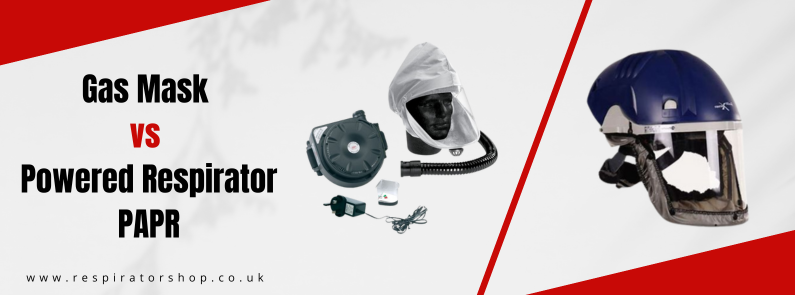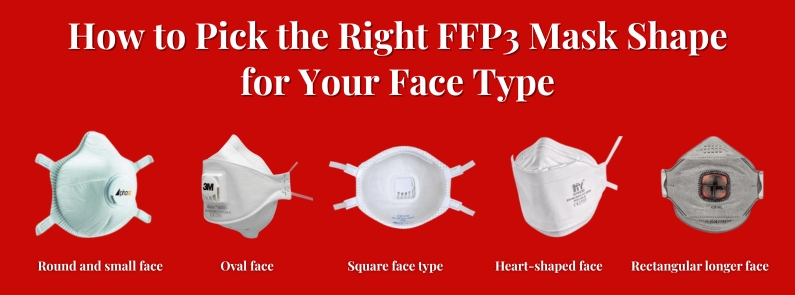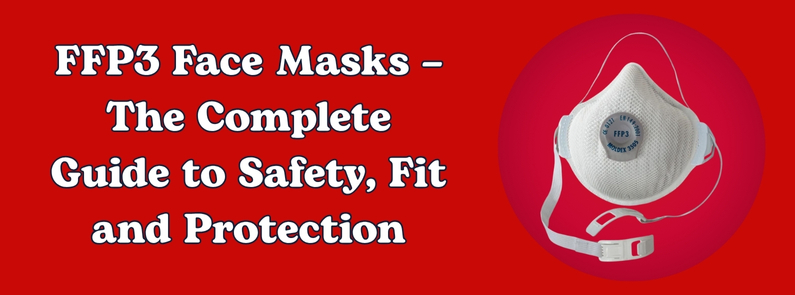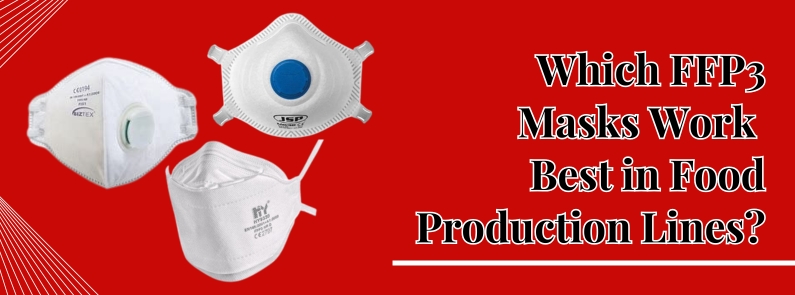
The right gear is important when it comes to protecting against environments full of harmful particles or even toxic fumes. Two popular choices include gas masks and powered respirators, known by many as PAPRs (Powered Air Purifying Respirators). While both fulfill the same general purpose of keeping bad stuff out of your lungs, they do it in very different ways.
Atmospheric environments with a minimum of 19.5% oxygen could impair human respiration and cognitive impairment because the body receives less than it requires to function properly. Hence, two types of advanced respiratory systems are required in these types of hazardous environments to make breathing easier.
However, which protective mask is suitable for your condition? Let’s understand how to choose between gas masks and powered respirator masks.
What are Gas Masks?
The first thing that usually comes to people's minds when thinking about protection masks is the gas mask. A gas mask has a pretty simple design, featuring a tight seal around your face and a filter that blocks out harmful gases, fumes, and particles. Gas masks can be full-faced, covering everything, or half-face masks, just covering your nose and mouth.
They are lightweight and portable, thus excellent for emergency or quick use. You can use a dust mask or asbestos mask when making repairs around the house or working with a saw in some industrial job, kicking up fine particles. They do much of the task for the short-term application, but they rely on your breathing to pull air through the filter. This will be tiring, especially when you are working for long periods or in particularly heavy smoke or dust.
What are Powered Respirators?
A powered respirator (PAPR) takes things to a whole new dimension. Instead of using your lungs to pull air through a filter, a small, battery-powered motor does the chore of pulling air through filters and pushing clean, breathable air directly to you. This system can be used with a full air-fed mask or other types of protective masks.
PAPRs are a game-changer for several reasons:
- Reduced Breathing Effort: Since the motor filters the air, your lungs don't have to work as hard. It makes it perfect for long shifts in challenging environments.
- Cooler to wear: The airflow from the motor creates a slight breeze, which could help you be comfortable, especially in hot or stuffy conditions.
- Flexibility: A PAPR can be combined with a variety of masks or hoods, depending on the type of job to be performed. From toxic gases to just dust-like asbestos, there is a setting for everyone.
Key Differences Between Gas Masks and PAPRs
Both are great options, but they do best in different situations. Here are the key differences:
- Breathing Effort: Gas masks rely on your lung power, while powered respirators do the heavy lifting.
- Comfort: PAPRs are generally more comfortable for long-term use, thanks to the powered airflow.
- Protection Levels: PAPRs often provide a higher level of protection because the airflow creates a slight positive pressure, preventing leaks.
- Cost and Maintenance: Gas masks are less expensive and require low maintenance. PAPRs are an investment, and the batteries and filters must be serviced regularly.
When to Choose a Gas Mask?
A respirator mask, like a gas mask, is ideal for quick or intermittent use. Examples include:
- Working with household chemicals
- Making minor repairs in dusty conditions
- Emergency evacuations during smoke-filled areas
If you want something light and economical, a gas mask or half-face mask will go a long way. Just remember that loose masks are less effective, so always make sure to check for a proper seal.
When to Opt for a Powered Respirator (PAPR)?
Heavy-duty tasks or longer-duration tasks call for a PAPR. Consider a PAPR when:
- You are working in an environment with hazardous particles such as asbestos or toxic fumes.
- Comfort and reduced fatigue are crucial for you.
- You must require consistent protection continuously for several hours.
PAPRs tend to be applied in industries related to healthcare, construction, and chemical handling because they combine comfort with high protection levels.
To sum up, here’s how you can choose between a gas mask and a PAPR:
1. A basic dust mask or gas mask will do for general dust. However, you'll need an asbestos mask or a PAPR with a HEPA filter for asbestos or other dangerous substances.
2. A gas mask is good for a short-term task. But if the work will take longer, it's worth investing in the comfort a PAPR offers.
3. Gas masks are less expensive, but if safety and comfort are key, a PAPR is the better long-term investment.
The Bottom Line
The choice between gas masks and powered respirators depends on the nature of your job and, correspondingly, the protection you need. A gas mask will suit quick, easy jobs requiring no frills. On the other hand, a PAPR offers comfort and higher protection in demanding environments.
Whether it be a dust mask, air-fed mask, or respirator mask, one should always make sure his gear is rated for whatever hazard he is facing. After all, safety cannot be compromised. Whether you are going for a gas mask or an air-powered respirator mask, you can visit the Respirator Shop to find the best protective masks for yourself at cost-effective rates.




